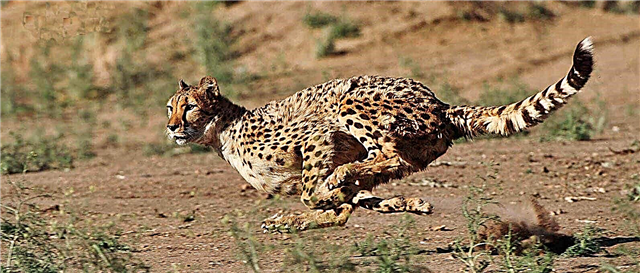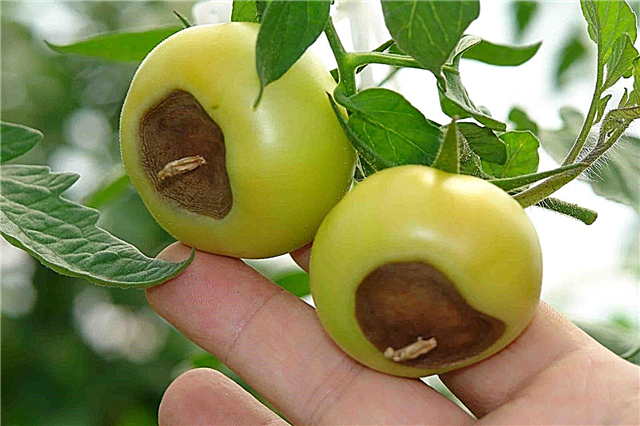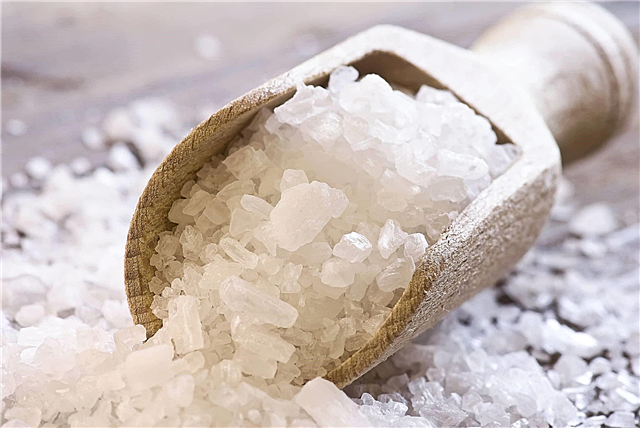
The world around us has a huge number of the most diverse plants. But on our planet there are also plants that can bring us considerable harm.
Over millions of years, they have evolved and adapted to their environment, acquiring dangerous properties for their protection. Acquaintance with such representatives of the flora will help to avoid possible danger. We present to your attention the 10 most poisonous plants in the world.
Castor plant
Castor plant, or Castor bean plant grows in Africa, Brazil, India, Argentina, China, Iran and other countries. Cultivated to decorate the garden, as well as to obtain castor oil. The product is harmless, as all the poison remains in the cake. All parts of the plant contain protein ricin toxin. This substance is very toxic for both humans and animals.
In most cases, ingestion of seeds leads to imminent death after 5 days. The reason is dehydration. In case of poisoning, symptoms appear such as vomiting, bloody diarrhea, abdominal pain, burning in the throat. This process cannot be stopped due to the ability of ricin to irreversibly destroy the tissues of the human body. Therefore, people who survived the poisoning are not able to fully restore their health.
Belladonna

Belladonna is a perennial plant growing in Europe, North Africa, Asia Minor, Crimea and the mountains of the Caucasus. All parts of the plant contain poison, but its fruits are especially dangerous, as they have a sweet taste and, as a rule, attract people. For a child, only two berries of such a plant can become a lethal dose, and for an adult about ten. In case of poisoning, hallucinations can occur, as well as loss of voice, dry mouth, headache, photophobia, fever, shortness of breath and cramps. At first aid, the victim is washed with stomach potassium permanganate (potassium permanganate). The people of Belladonna are often called wolfberry.
Pea rosary

This plant is also called “crab eyes” - this is a plant whose homeland is Indonesia. It looks like a vine, winding around trees and shrubs. The plant is popular for its beautiful bright red seeds with small black spots that make beads. However, the arginine poison contained in the plant is very dangerous. In terms of properties, it resembles ricin, although there is one significant difference: arbin is approximately 75 times stronger in its toxic effect. For an adult, only one seed can be a lethal dose. The plant is dangerous not only when consumed in food, but also in the manufacture of jewelry from it. Cases were recorded when people died from a finger puncture with a drill, which they make small holes in the seeds.
Aconite

The wrestler, or Aconite, is an herbaceous plant of the Ranunculaceae family, also known as “leopard poison”, “blue buttercup”, etc. Aconite is widespread in Europe, North America, Asia. The plant contains several types of toxic substances, of which the most dangerous is aconitine. In ancient Japan, it was used by Ainu to poison arrowheads. In case of poisoning, symptoms appear such as burning in the throat and oral cavity, abdominal pain, cramps. When providing first aid, it is necessary to rinse the stomach and take activated charcoal. In case of untimely intervention, a person can die within 6 hours. Aconite gained the fame of such a poisonous plant that its use in medicine is considered unacceptable.
Poisonous

It is also often called the Water hemlock, is a perennial herbaceous plant of the Umbrella family. A characteristic feature is the presence of a yellow fluid when the rhizome is cut. The plant has small white flowers. Water hemlock is often found in Europe. The whole plant is poisonous, but the most dangerous rhizome. It contains the poison of cycutoxin, which causes seizures. In addition, the victims develop cramps, nausea, and abdominal pain. A person can die within a few hours as a result of respiratory failure.
Yew berry

Yew berry is a small tree that grows in Europe, North Africa and Southwest Asia. The plant has fruits in the form of red berries, which contain seeds. Red pulp of berries is the only harmless part of the plant. Seeds and leaves of the tree contain a strong poison that can lead to the cessation of the heart. A fatal outcome is possible for only a couple of hours. In wood, the toxin is not evenly distributed. Over time, it becomes more poisonous. In the Middle Ages it was used to poison a person. To do this, he was served wine in a cup from the wood of this plant.
Chilibuha

Chilibukha, or Vomit, is a tropical evergreen tree up to 15 m high, native to India and Southeast Asia. Its seeds are the main source of some toxic alkaloids. For humans, the lethal dose is 30 mg of toxins from this plant. Death comes from violent convulsions. At the same time, an extract is obtained from Chilibuha, which is used in medicine as a stimulator of the central nervous system, as well as for the treatment of the effects of paralysis.
Brugmansia

Brugmansia, also sometimes called Angel Trumpets, is a plant native to the tropics of South America. Known for its psychoactive substance content. All over the world it is grown as an ornamental plant. Although she looks very attractive, Brugmansia is quite dangerous. All parts of the plant, including seeds, leaves, and flowers, contain toxic toxins. They can cause paralysis, confusion, a dry mouth, headaches, diarrhea, hallucinations, expansion of the icons. In the absence of timely medical intervention, death can occur.
White Voronets

The White Voronet, also often called Doll Eyes, comes from North America. The plant received a strange name for its fruits - white berries 1 cm in diameter with a black dot similar to a doll's eye. Although all parts of the plant are toxic to humans, the most poisonous are the fruits. Unfortunately, they have claimed many lives because they have an attractive appearance and a sweet taste. Berries contain carcinogenic toxins, which instantly affect the human heart, and can quickly lead to death.
Mancinella tree
The mancinella tree is widespread in Central America and on islands in the Caribbean. This plant has become widely known for the poisonous milky juice contained in all its parts. It can rightfully be called one of the most dangerous trees that are deadly poisonous to humans. A single touch on the bark can cause severe allergies. The tree trunk is often tied with a red ribbon, as a sign of danger to passers-by.












